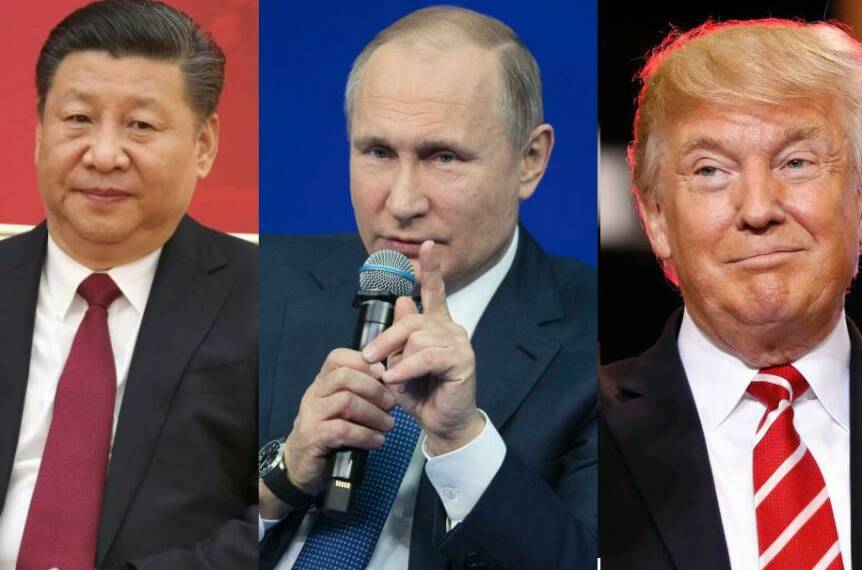Last year, when US President Donald Trump decided to scrap the Open Skies Treaty, we had predicted that the surprising move was aimed at China, and not Russia. Now, in a strong vindication of our analysis, Moscow too has decided to withdraw from the 1992 treaty.
It is almost as if the White House and the Kremlin decided to exit the key treaty in a coordinated manner. And even if not coordinated as such, the withdrawal of the two military giants, at least, seems like a reflex move in response to the emerging threat in the form of the People’s Republic of China (PRC).
So, here is the real deal- the Open Skies Treaty is designed to allow mutual understanding and confidence by giving all countries an equal opportunity to gather information about military activities in other member countries. The essence of the treaty is to avoid the risk of serious military miscalculations that can lead to war.
In fact, the 1992 Treaty allows member countries to fly unarmed aerial surveillance flights over the territories of other participants. So, Russia could examine American build-up and vice versa.
But what about China? The Communist nation never joined the Open Skies Treaty. So, it was a win-win game for China. The US and Russia kept containing each other and doing China’s job. But there were no drones, cameras or surveillance over China’s skies.
So, China could keep amassing military assets. It could keep manufacturing and testing as many nuclear warheads as it wanted to. Since Beijing is not a party to the 1992 Treaty, it has practically no check on its military firepower.
And the arrangement actually helped China. Look at how China has amassed nuclear power. According to the Nuclear Threat Initiative (NTI), a US-based nonpartisan and nonprofit organisation, “China closely guards information about its nuclear arsenal, making estimation unusually difficult. However, China has approximately 290 nuclear warheads.”
Beijing’s future plans are even more dangerous. Editor of the Chinese Communist Party (CCP) mouthpiece Global Times Hu Xijin too has gone as far as propounding that China should “expand the number of its nuclear warheads to 1,000 in a relatively short time.”
Xijin also called for having “at least” 100 Dongfeng-41 strategic missiles. The Dongfeng-41, a Chinese road-mobile Intercontinental Ballistic Missile (ICBM), is estimated to have a range of 12,000-15,000 kilometres with strike capacity extending up to the Continental United States.
Beijing’s warheads are pointed against both Russia and the US. China is competing against the US for strategic interests in the Western Pacific. At the same time, the paper Dragon also wants to weigh down Russia in the Arctic and the Russian Far East.
So, China is quite clearly emerging as a common enemy for Russia and the US. In this context, it makes sense for Washington and Moscow to withdraw from the Open Skies Treaty. The US and Russia are no longer ready to contain each other and let a third power become too big to control.
As such, successive American and Russian withdrawals from the 1992 Treaty, mean that the two military giants have recognised China as their common enemy.








